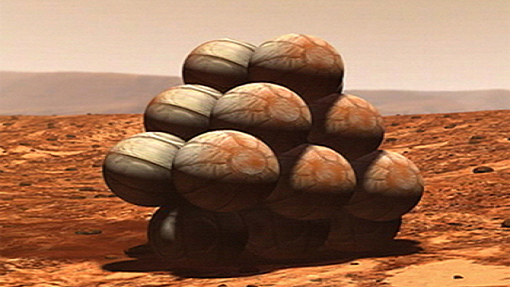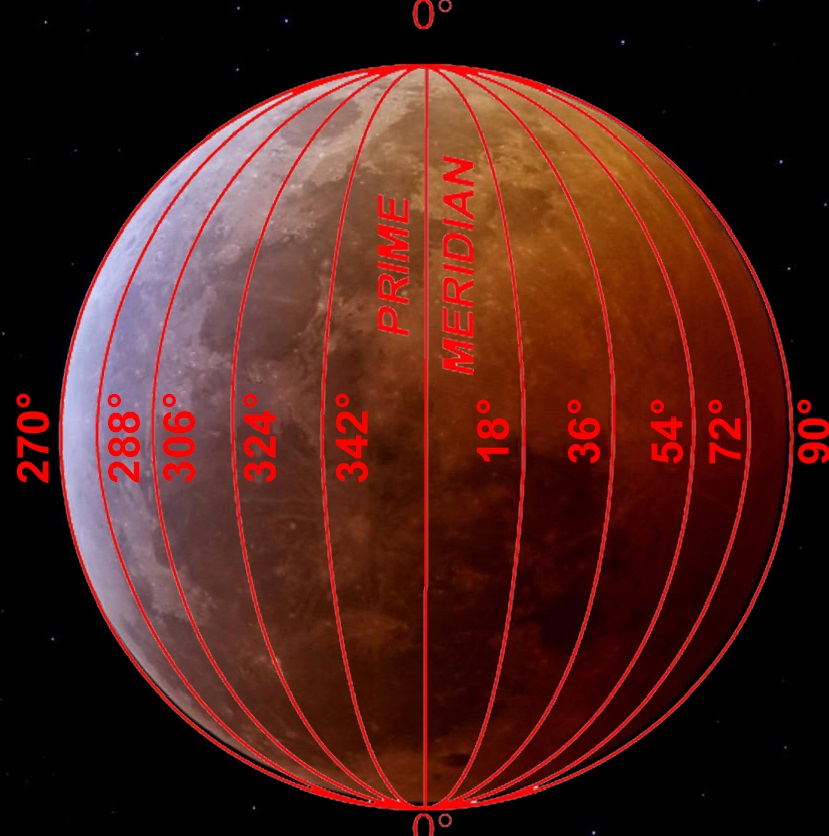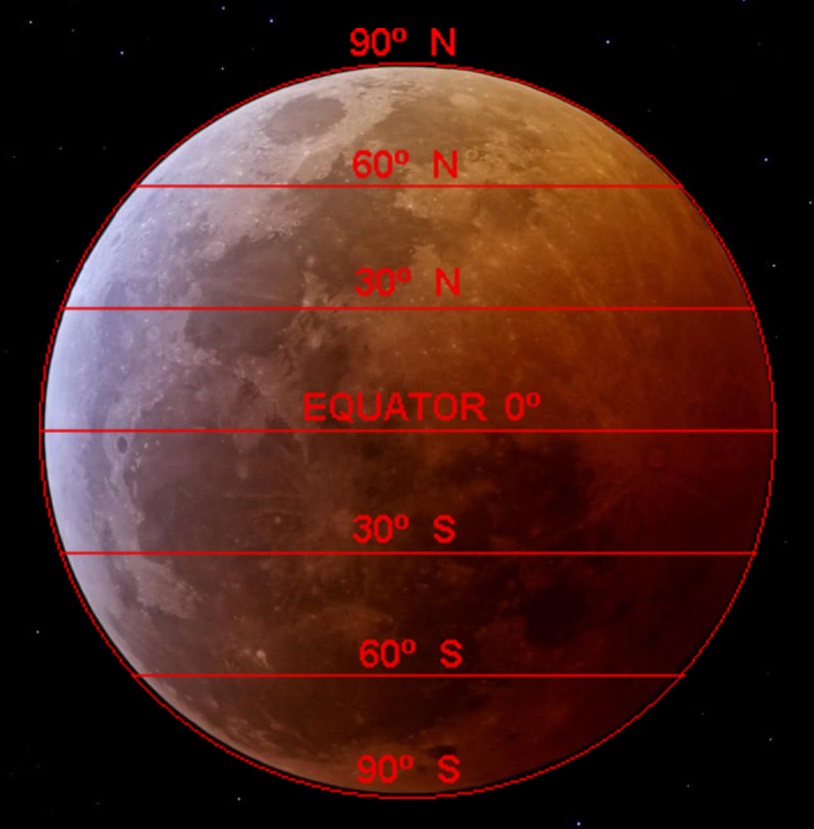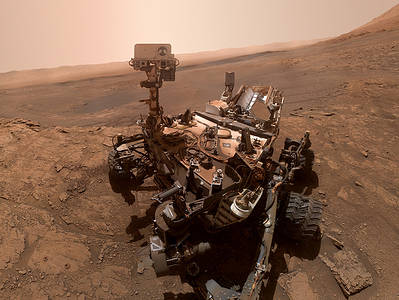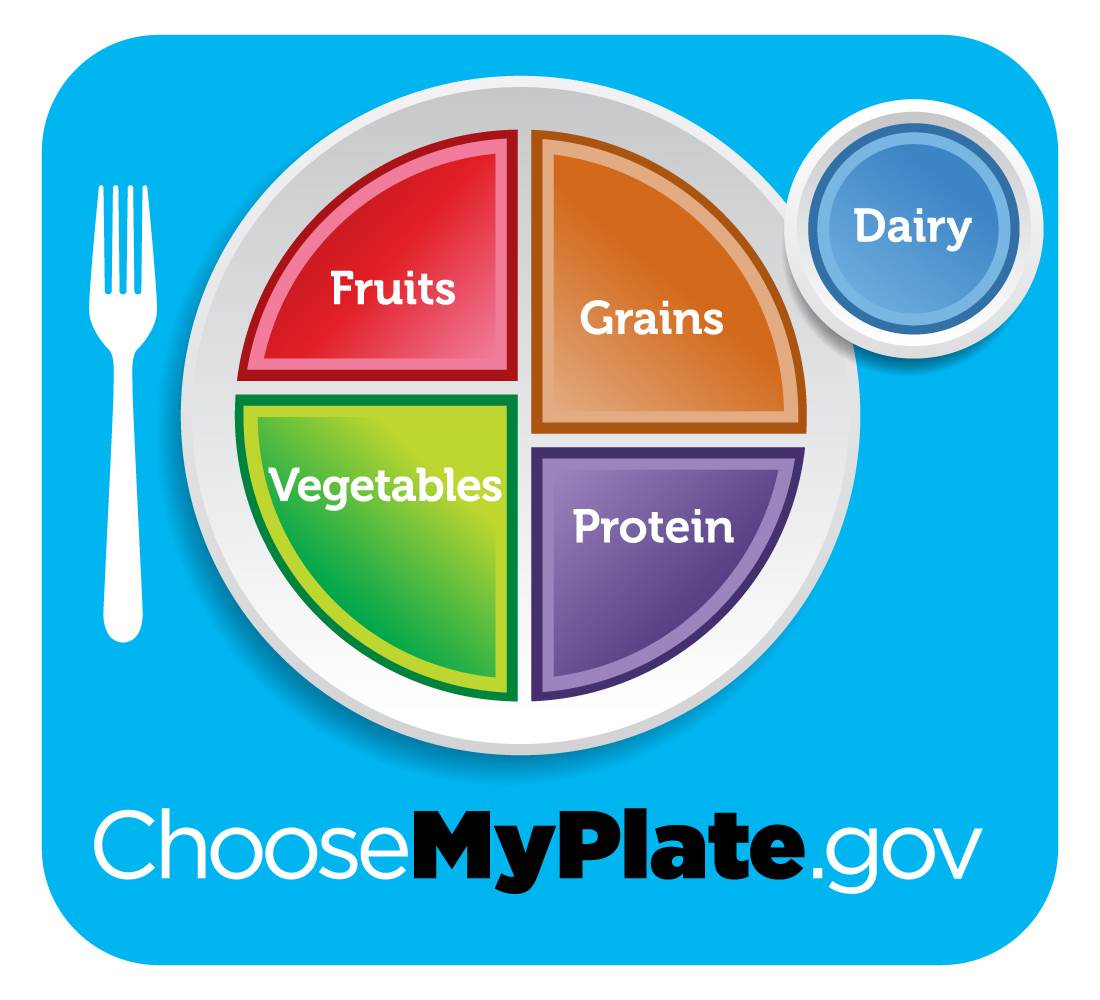Base Operations

Mission Theme Description
Mars Landing Location
The mission begins . . .
Houston, we’ve got a problem!
One of the supply landers that arrived before our colonists has landed in the wrong spot on Mars! It appears that the supply lander is near Jezero Crater. We have been watching that area because NASA has selected it as the landing site for the Mars 2020 rover mission.
Jezero Crater is thought to have once been a lake that was as deep as 250 meters (830 feet). Scientists would like to examine the layers of sediment in the crater and the river deltas. Our supplies landed in a nearby basin that may once have been part of a vast ocean.
Lander Location Clue #1:
The longitude of Jezero Crater is 77.52 degrees. The longitude of the supply lander is 10.88 degrees greater than the location of Jezero Crater.
What is the longitude of the lost supply lander?
Lander Location Clue #2:
The latitude of Jezero Crater is 18.86 degrees. The latitude of the supply lander is 4.96 degrees less than the location of Jezero Crater.
What is the latitude of the lost supply lander?
Lander Location Clue #3:
Decode the “word” written below using ASCII code to find out if the supply lander’s latitude is north or south:
76, 97, 116, 117, 100, 101, 32, 78, 111, 114, 116, 104
Is the lost supply lander north or south of the equator?
ASCII Code Table
Supply Lander Location
Use your answers from the Clues above and the topographic Mars map below to identify the location of the supply lander.
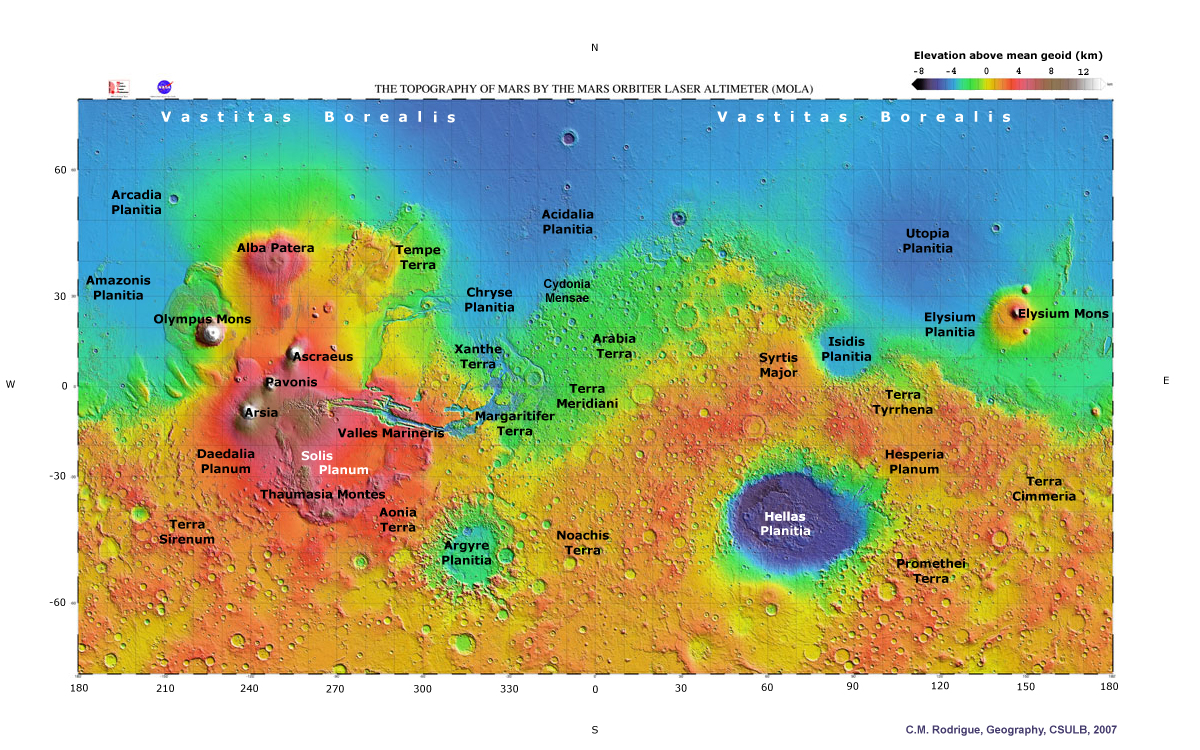
Mars Supply Lander Location Form
Complete this form to submit your answer for the location of the Mars Supply Lander.
Mars Facts
You’re heading on a mission to Mars. To make decisions as you prepare for the mission you’ll need to know something about the planet you’re going to. Complete each Mars Investigation to learn more about the planet you will be colonizing. Record the information you find in your Mission Notebook.
Mars Investigation Resources
Mars Investigation #1
What was the planet Mars named after?
What color do you see when you look at a picture of Earth? What colors do you see when you look at a picture of Mars? Why?
How far away from the sun is Earth (average distance)?
How far away from the sun is Mars? (average distance)?
Mars Investigation #2
What is the gravity on Mars compared to Earth (what percent)?
What would a person who weighs 100 pounds on Earth weigh on Mars?
What would you weigh on Mars?
Mars Investigation #3
How long is a year (in Earth days) on Earth?
How long is a year (in Earth days) on Mars?
How long are the seasons on Mars?
How old would you be in Mars’ years?
Mars Investigation #4
Does Mars have any moons? If so, how many?
What are the names of any Mars’ moons?
How big are Mars’ moons?
Mars Investigation #5
What is the diameter of Mars’ equator?
What is the diameter of Earth’s equator?
Divide the diameter of Mars’ equator by the diameter of Earth’s equator. Now move the decimal point in your answer two places to the right to get the percent size of Mars compared to Earth. What is it?
Mars Investigation #6
What is the temperature range on Mars?
How does this compare to the temperature range on Earth?
Could you wear the same clothes on Mars that you wear on Earth?
Is there liquid or frozen water on Mars?
What is the northern polar cap on Mars made of?
What is the southern polar cap on Mars made of?
Mars Investigation #7
What gases make up Mars’ atmosphere? Which one makes up the highest percentage?
Could you breathe in Mars’ atmosphere?
What is the surface pressure on Mars?
How does Mars’ surface pressure compare to Earth’s?
Mars Investigation #8
What is the tallest mountain on Earth? How tall is it?
What is the tallest mountain on Mars? How tall is it?
What is the tallest mountain on any planet in our solar system? How tall is it?
Mars Investigation Bonus Challenge
Landers are spacecraft that land on a planet but do not move away from where they landed. Rovers are spacecraft that are built to drive around a planet and collect information. How many rovers have successfully moved around on Mars? What are their names?
Use NASA’s Mars Trek to find where the rovers are currently located on Mars.
Mars Trek Rover Location Instructions
Mars Fact Riddle
Now that you have learned some facts about Mars, it’s time for you to apply what you know. We will be creating a final Kahoot! game where you can find out how well you know Mars. We are looking for Mars fact questions from our participants to include in the game.
Here is an example of a Mars fact riddle:
Plants love me and I also make up most of Mars’ atmosphere.
What am I?
A. Silicon
B. CO2
C. Oxygen
D. H2O
Think about the Mars facts you have learned. Then create a multiple choice riddle using one of the facts about Mars. Don’t forget to include four possible multiple choice answers with your riddle.
We will include as many riddles as we can in the final Kahoot! game.
Mars Fact Riddle Form
Complete this form to submit your Mars Fact Riddle and multiple choice answers.
Life Support System
So, you are going to build a colony on Mars! Have you thought about what you will need to live there?
You will have to apply your knowledge of both Earth and Mars to create solutions for living on Mars. Also, your solutions may help us solve environmental problems here on Earth.
You may have to do a little research about Mars before you are ready to begin.
We have identified eight important life support systems that are crucial to successful human settlement on Mars. They are:

Air Supply

Temperature Control

Communication

Transportation

Food Supply
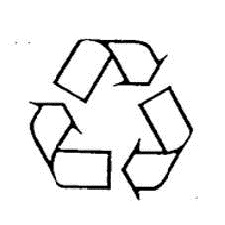
Waste Managment

Recreation

Water Supply
Click on the button below each life support system symbol shown to find guidelines and details to help you design your life support system.
For this task you must complete the following:
Select one life support system.
Research facts about Mars that affect your life support system. Why can’t we do the same thing on Mars that we do on Earth? What are we missing on Mars? Are there other things on Mars that we can use to make our system work?
Explore how the system requirements are met for us on Earth.
Design a life support system that can be used in your Mars colony. Decide how it will operate and what it will contain.
You can sketch a design of your life support system on paper or on the computer or you can build a model using materials you find around the house. Your model does not have to actually function.
Email a picture of your life support system design, along with a paragraph explaining your design, to us at: stem@afrlnewmexico.com
Mission Patch
One of the first things a crew does at the beginning of a mission is design a mission patch. This team-building activity serves as a method of getting to know one another. Each person on the crew is identified and the purpose of the mission is incorporated into the group design.
Click each of the four mission patch buttons to read about the patch and what each element (shape, colors, pictures, text, and names) mean.



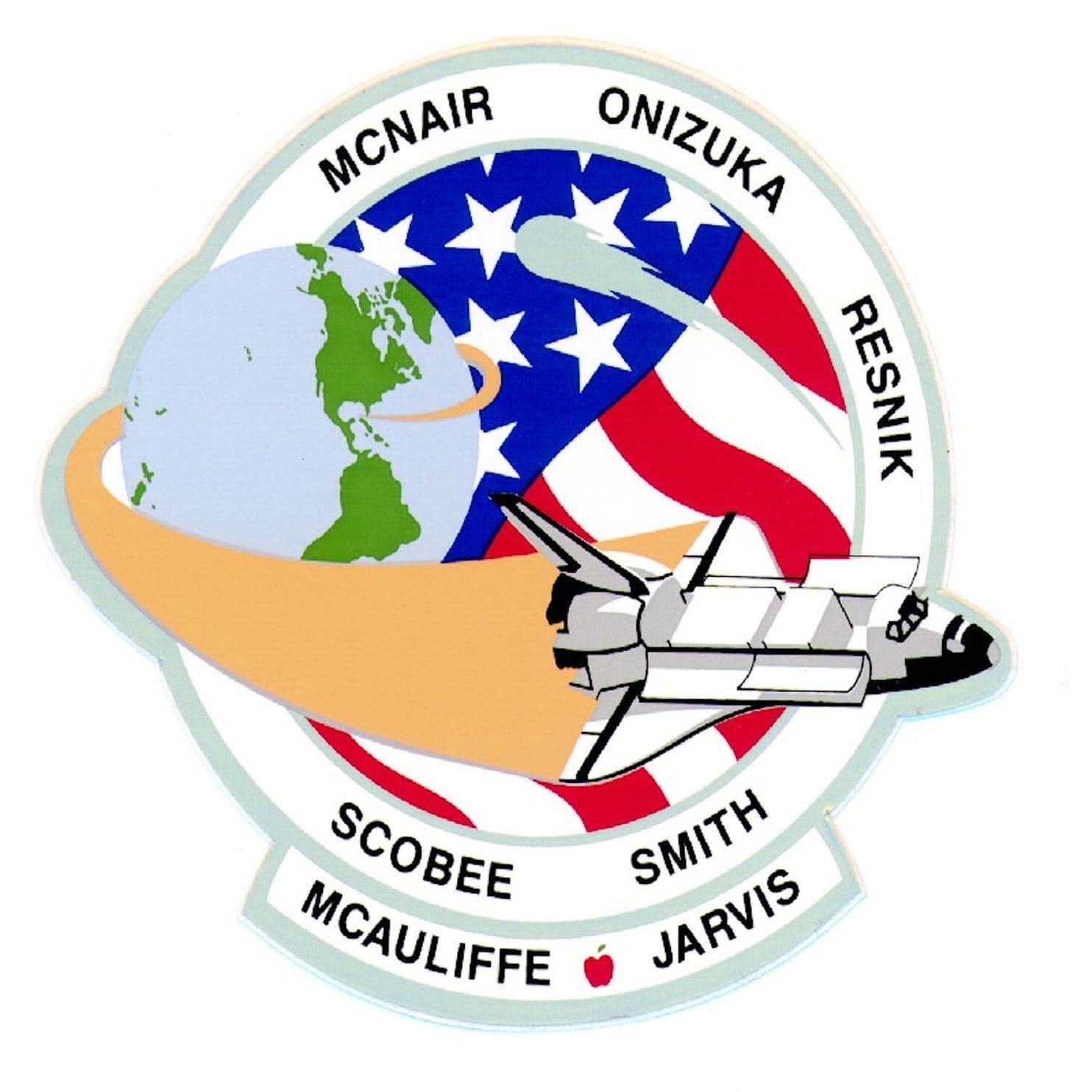
After reviewing these existing mission patches, design your own mission patch for the 2020 METS Mission that depicts the special properties of your crew. Be sure to think about the following:
Name of Mission
Mars Exoplanet Transient Satellite (METS) Mission
Experiments Scheduled
What life support system did you design?
Mission Objective
Click the METS Mission picture above for details.
Flags or Colors
What flags or colors represent the crew?
Names of Crew Members
a
Shape and Size
Decide the shape and size for your mission patch.
You can design your mission patch on paper or on the computer.
Email a picture of your mission patch design, along with a paragraph explaining your design, to us at: stem@afrlnewmexico.com
Habitat Design
As you’ve been studying facts about Mars, you have probably been thinking about what it would be like to live on Mars. Where would you live? What would your habitat (“house”) look like?
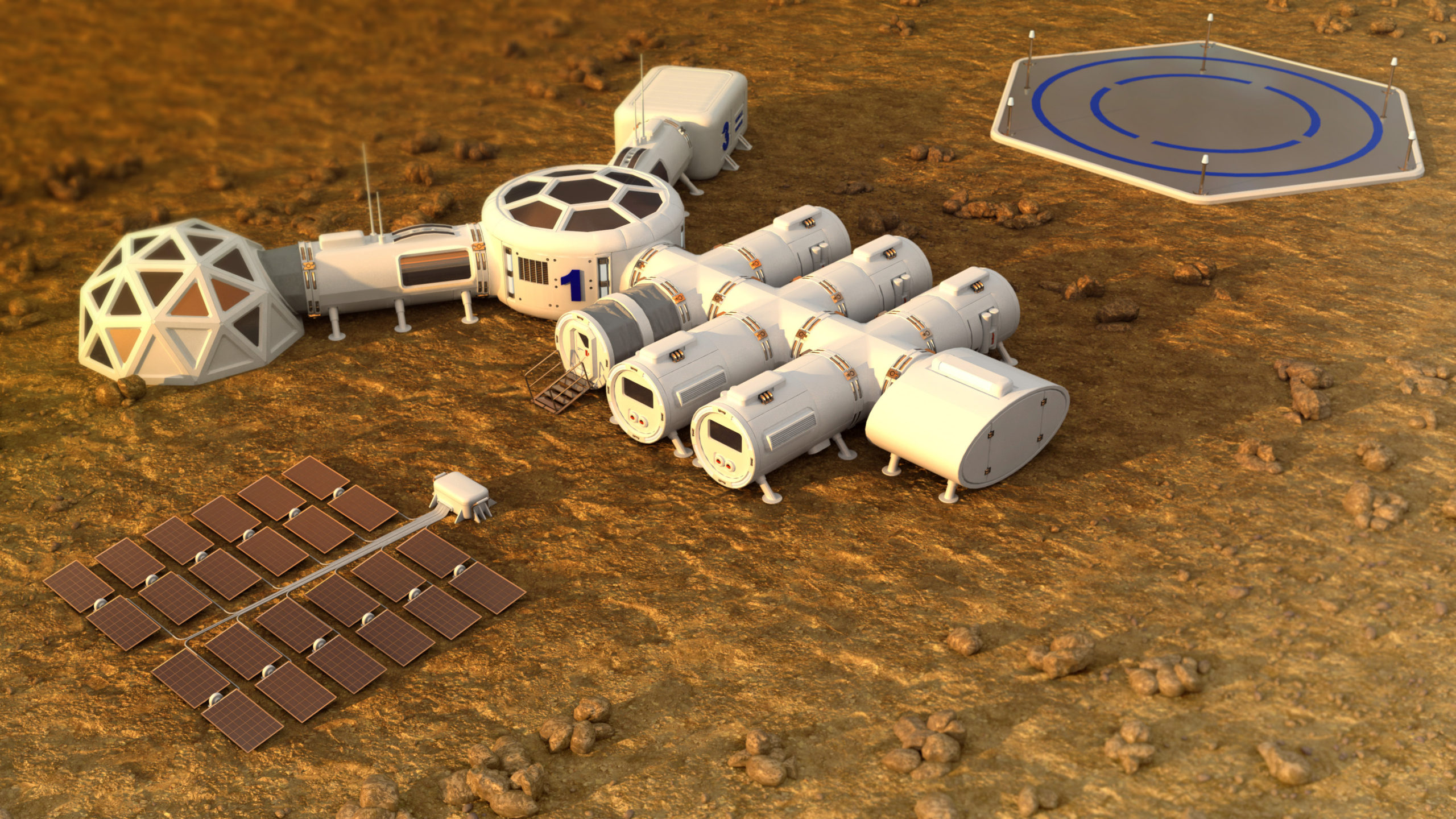
How would you build a habitat on Mars that:
Protects you from the harsh Martian environment
Will accommodate all 8 life support systems
Can be built using materials that you either bring with you or find on Mars
Let’s look at some habitat ideas that others have imagined.
Martian Habitat Designs
Now it’s your turn to design a habitat.
As you work on your design, some other requirements you might consider include:
Separate living quarters and work areas
A way to get in and out
A way to link to other habitats or expand the colony
You can draw a picture or blueprint of your design. You can also build a desktop model of your design using simple materials such as cardboard, construction paper, or even items that you throw away. Or you can create a simulation of your design using items you have around the house such as boxes, furniture, or blankets.
For your model or simulation, include an explanation of the design and what materials are represented.
Email a picture of your Martian Habitat design, along with a paragraph explaining your design, to us at: mars@afrlnewmexico.com
Lunch on Mars
When we think about what we will have for lunch we usually only think about two things: what we want to eat and whether we have it in the house. Sometimes we forget about other important aspects of meal planning such as:
Does it provide the nutrients that our body needs without adding a lot of substances that we don’t need?
How much waste will this meal generate (parts we don’t eat, packaging)?
Now think about planning a lunch on Mars.
Do you still need nutritious food to stay healthy?
Where does the waste go on Mars? On Earth we have big landfills and trash in our streets and oceans. Do you think we should do that on Mars?
How will you get your food on Mars? Do you have to transport it from Earth?
Lunch on Mars Planning Guidelines
Your task is to plan a lunch that meets the following requirements:
Nutritionally complete including something from each of the 4 basic food groups:
- Breads / cereals
- Fruits / vegetables
- Dairy products
- Meat / fish / protein

